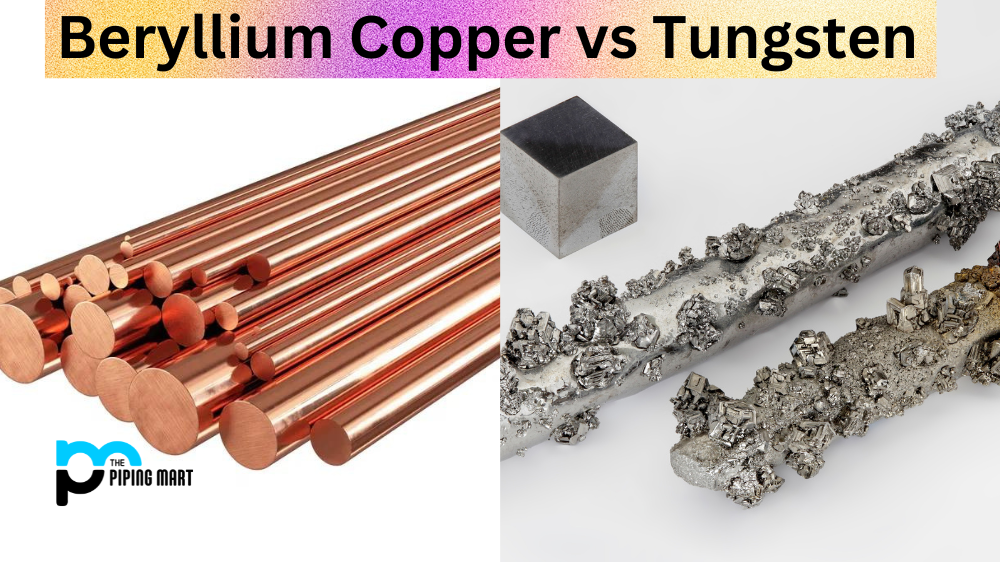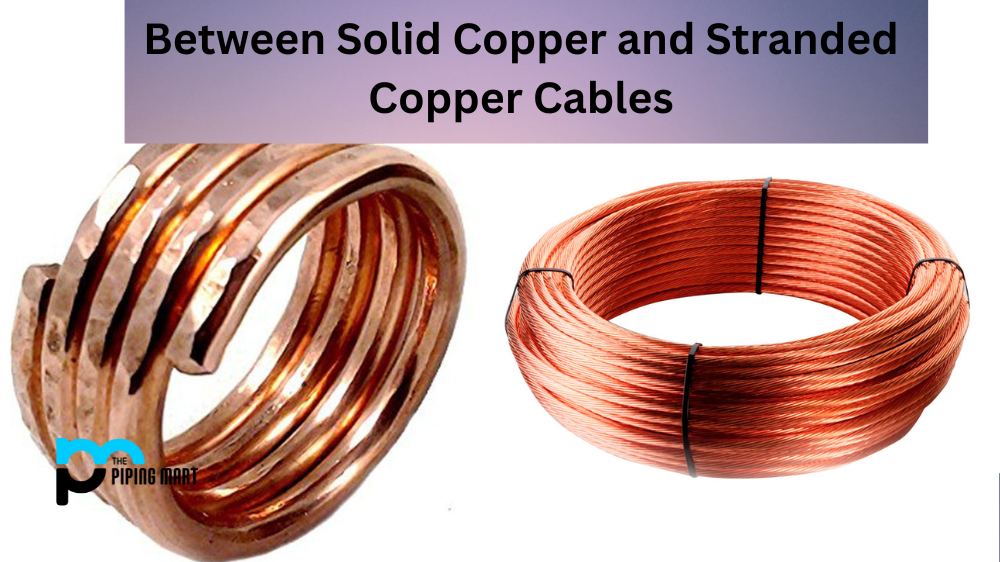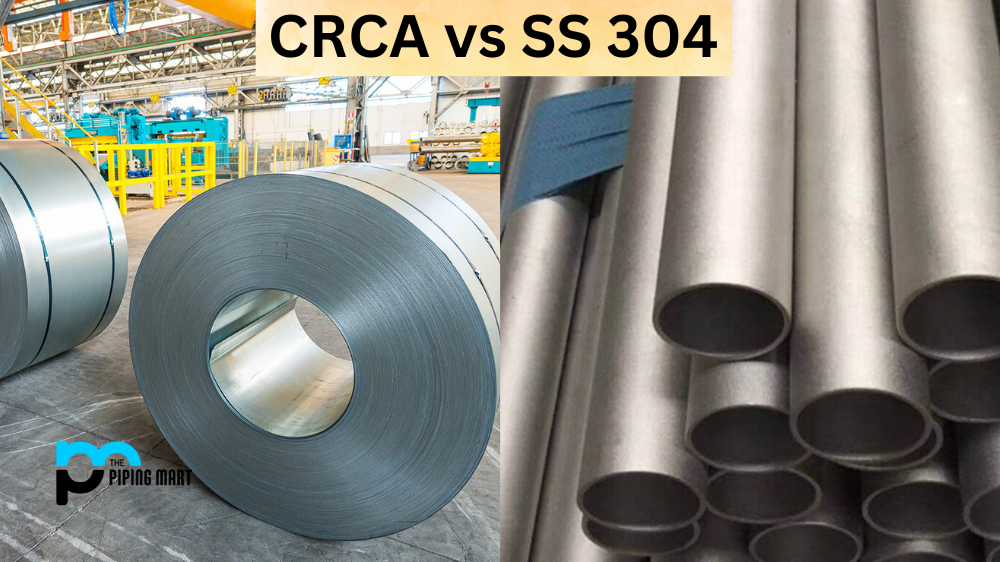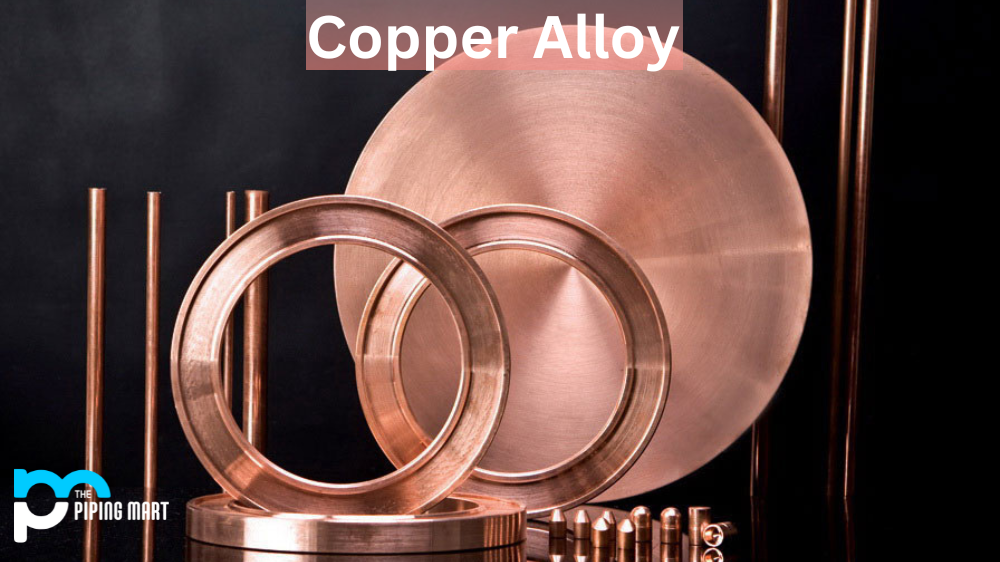When choosing the right material for your manufacturing applications, the options can be overwhelming. Different materials with different properties are best suited for specific uses. Two popular materials in the manufacturing industry are beryllium copper and tungsten. This blog post will look at these materials and compare their properties to help you choose the best option for your needs.
What is Beryllium Copper?
Beryllium copper is a copper alloy that contains about 0.5-3% beryllium. It is popular in the manufacturing industry because of its excellent strength, conductivity, and ductility. This material is often used in electronics and telecommunications due to its high electrical conductivity, which rivals pure copper. Beryllium copper is also highly corrosion-resistant, making it ideal for outdoor applications. This material is also easy to machine and form into different shapes, making it an excellent choice for complicated parts.
What is Tungsten?
Tungsten is a metal known for its high melting point and density. It is also highly resistant to corrosion and wear, making it a popular choice for manufacturing applications that require a durable material. Tungsten is used in the aerospace industry due to its excellent strength, thermal conductivity, and ability to withstand high-temperature environments. This material is also commonly used to manufacture light bulbs, electrical contacts, and welding electrodes.
Difference Between Beryllium Copper and Tungsten
Comparison of Properties
It’s important to consider their properties when comparing beryllium copper and tungsten. Beryllium copper has a lower melting point and density than tungsten, making it a more cost-effective option for certain applications. Beryllium copper is also more machinable than tungsten, making it easier to work with. However, tungsten has a higher melting point and density than beryllium copper, making it more suitable for applications that require higher temperatures or higher strength.
Safety Concerns
While beryllium copper and tungsten offer exceptional properties for manufacturing applications, it’s essential to consider safety concerns. Beryllium copper can pose a risk when exposed to fumes or dust, leading to lung issues if inhaled. Conversely, tungsten can pose a risk when ingested, potentially harming your organs. Proper safety measures when working with these materials are crucial to prevent potential health hazards.
Uses of Beryllium Copper
Beryllium copper is often used in applications where strength and durability are important, such as in the construction of aircraft and spacecraft. It is also commonly used in electrical applications due to its corrosion resistance.
Uses of Tungsten
Tungsten is often used in applications where heat and wear resistance are important, such as in producing lightbulbs and cutting tools. It is also commonly used to manufacture electrodes due to its high melting point.
Conclusion
Choosing the right material for your manufacturing applications can make all the difference in your final product. When weighing the options of beryllium copper vs tungsten, it’s crucial to consider each material’s properties, applications, and safety concerns. While both materials offer exceptional properties, choosing the one that best fits your needs is essential. Make sure to take the time to research and weigh the pros and cons before making your final decision.

Hey, I’m Krutik, a casual blogger expert in the metal industry. I am passionate about providing valuable information to my readers. With a background in engineering and construction, I like playing Cricket & watching Netflix shows in my free time. Thank you for visiting my blog, and I hope you find my information helpful!




